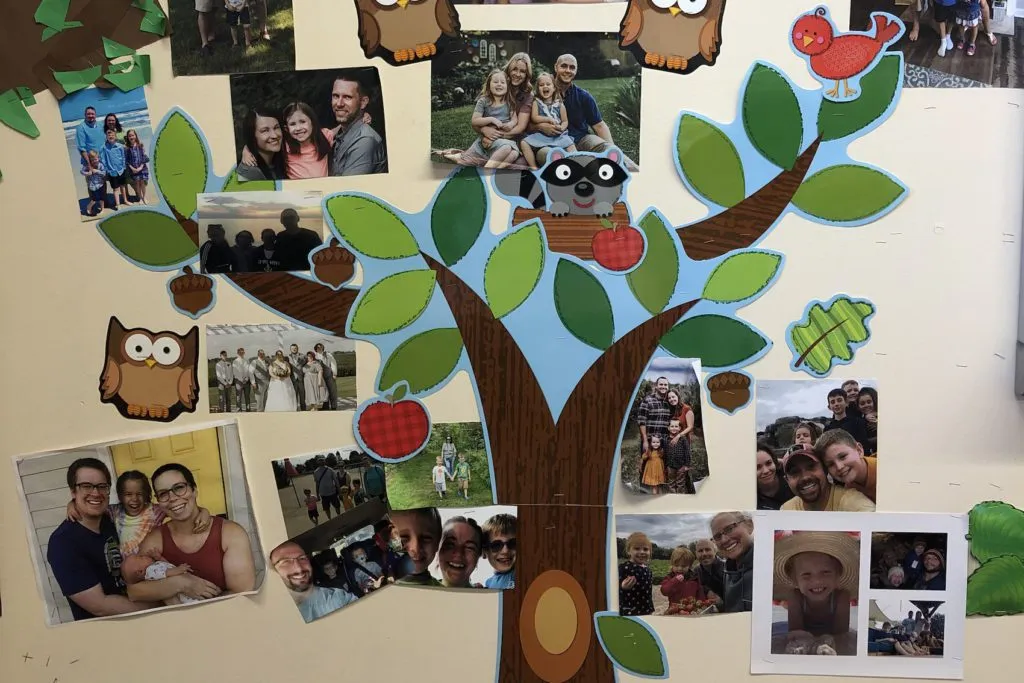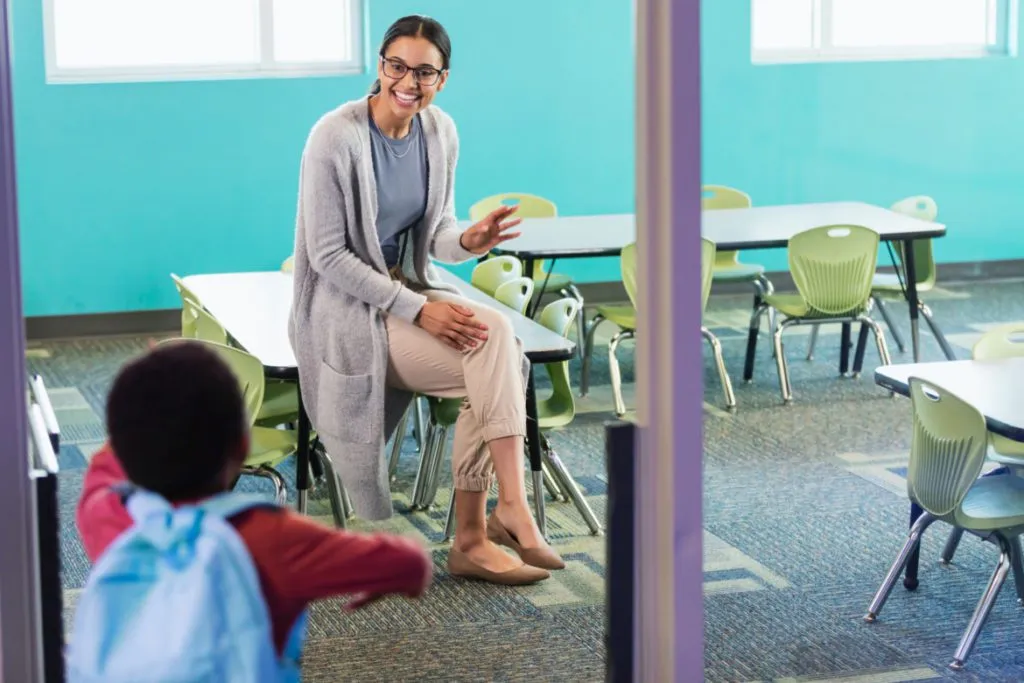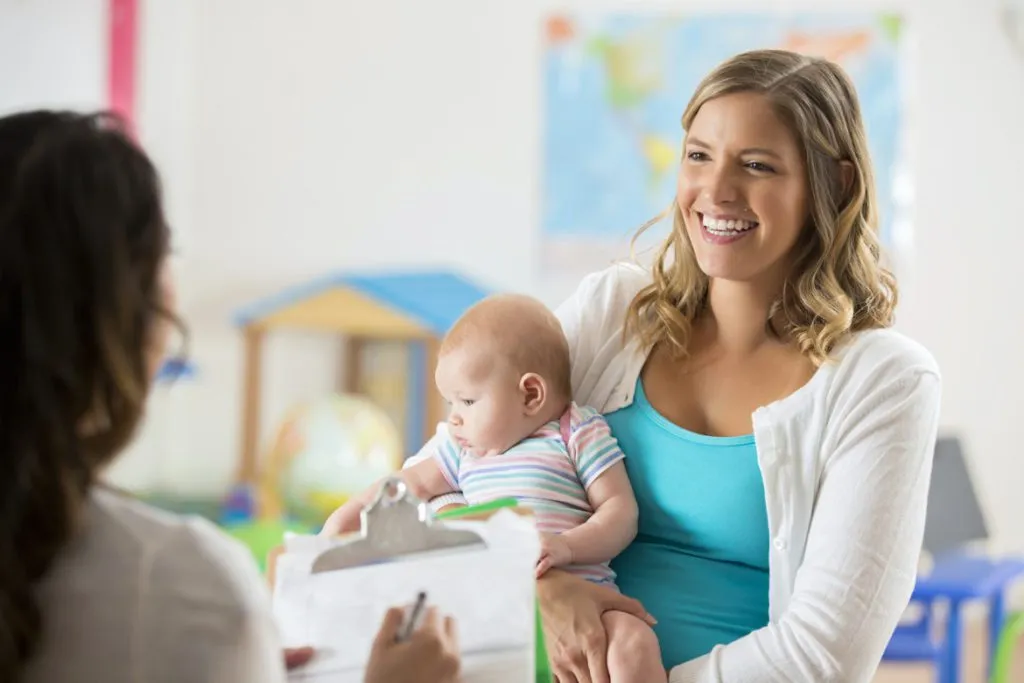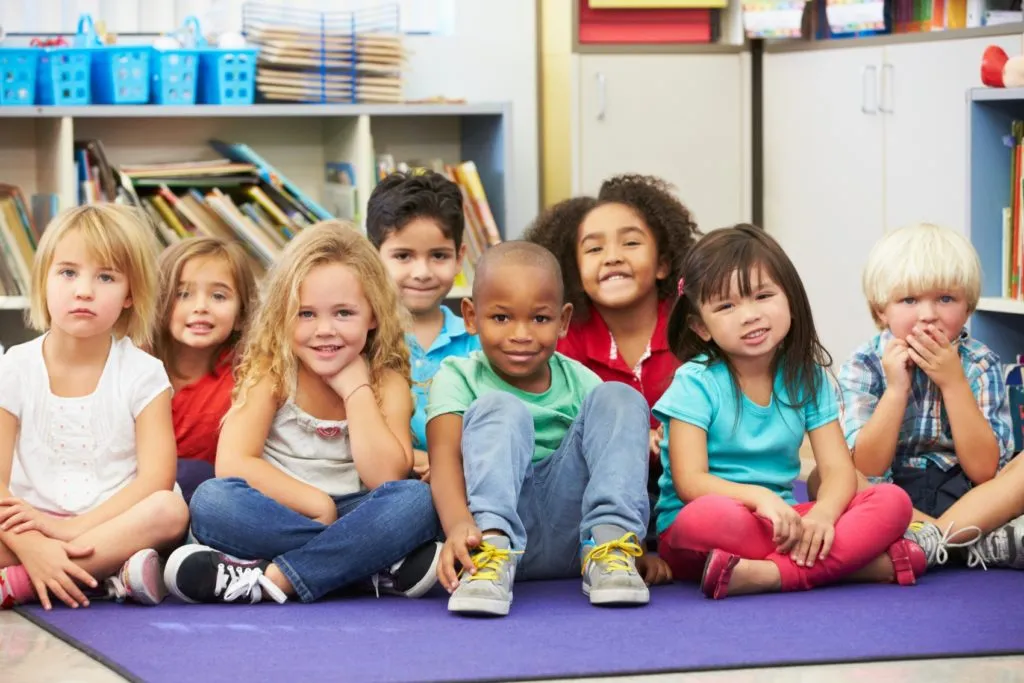How to Build a Classroom Community Before the School Year Begins
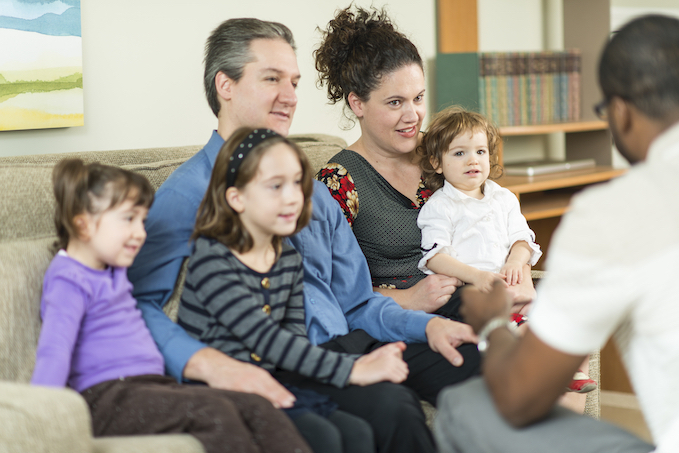
Building a classroom community is just as important as planning experiences and activities for the week. There is nothing more imperative to learning than a child feeling a sense of connection and belonging in their classroom community. Building a strong classroom community is a year-long undertaking that requires attention and resources. Teaching Strategies has many resources dedicated to building a classroom community, but let’s look specifically at the crucial task of developing the foundation for that community before the new school year begins.
Building a strong classroom community doesn’t begin when children walk into your room for the first time. The groundwork for a strong classroom community, inclusive of all children and families, should begin before the children arrive for their first day of school. But how do you start this work before you even meet the children?
Before the First Days of School
Below, I’ve outlined the four steps I take to build a strong foundation with the children and families in my classroom.
- Call the family (or visit them if you do home visits) and introduce yourself. Have a conversation with the family and their child. During your call, ask about the child’s interests, likes, and dislikes. Ask each family how they prefer to stay in touch with you throughout the year. Share your school email address with them and ask them if they will share their email address with you. Also ask the family to share a favorite photo (e.g., a family photo, a photo where the child feels safe, or a photo of a happy memory) with you.
- Print these photos off and make multiple copies. I always use one for a classroom book; one for a photo wall in a safe space; and one for a cubby, locker, or special place for the child in your classroom.
- Add the family’s email to the Family area in SmartTeach and walk them through how to download the Teaching Strategies Family app. After you’ve contacted all families, share a beginning-of-the-year newsletter that introduces you to families and shares photos of the classroom environment. This will help children and families know what to expect on their first day.
- Host an open house event so children and families can visit the classroom and see themselves for the first time in the classroom community
Initial Family Interactions
These interactions with families establish a relationship that begins to build trust, respect, and understanding of what the child is going to experience in the classroom. When speaking to families, I share my education experience and favorite things about teaching early childhood.

I particularly like to share a story about a time when the children in my class were very interested in a recent news story about a rocket. Even though this story was not reflected in our current study topic, I followed the children’s interest and brought in my grandmother’s old elastic belts to create suspenders so the children could wear plastic liter bottles on their backs and empty ice cream tubs on their heads as they pretended to be astronauts. My father donated an old Commodore 64 computer keyboard with joysticks, and my mother added twinkle lights for a NASA computer. We found Moon Shoes to experience walking on the moon. The families and I laugh as I share photos and anecdotes, all while creating a bond and a positive relationship that will continue into the classroom. Consider sharing your own favorite classroom memories as a way to invite families into an engaging conversation that will begin establishing trust, respect, and understanding.
- The families trust that I will keep their children safe and that they will have fun learning.
- I respect the family as the child’s first teacher, and I will continue that home-to-school connection.
- There is a mutual understanding that children will learn by playing while focusing on pertinent social–emotional skills to foster life-long growth.
How do you build a community with families before the school year begins?
Share your experiences with us in The Hub.
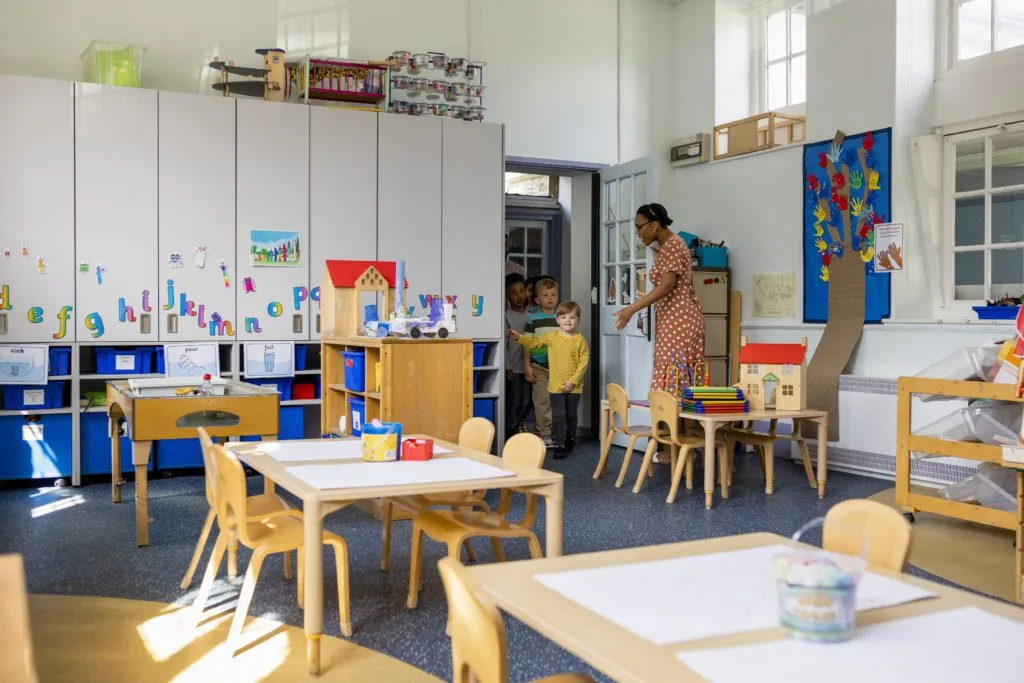
6 Core Questions at the Heart of a Positive Classroom Community
Lay the foundation for a positive classroom community by considering six core questions in this free ebook.
About the Author: Crystal Kuharski
 Crystal Kuharski says her second grade career aptitude test said, “you will be a teacher.” Since 2001, she has taught elementary and preschool-age children, directed preschool programs, and trained educators in best hands-on practices. After deciding she wanted to teach adult learners, she earned a master’s degree in Early Literacy and Reading from Walden University and is currently a doctoral candidate with a dissertation on play in early childhood.
Crystal Kuharski says her second grade career aptitude test said, “you will be a teacher.” Since 2001, she has taught elementary and preschool-age children, directed preschool programs, and trained educators in best hands-on practices. After deciding she wanted to teach adult learners, she earned a master’s degree in Early Literacy and Reading from Walden University and is currently a doctoral candidate with a dissertation on play in early childhood.
